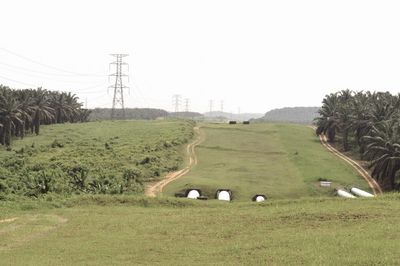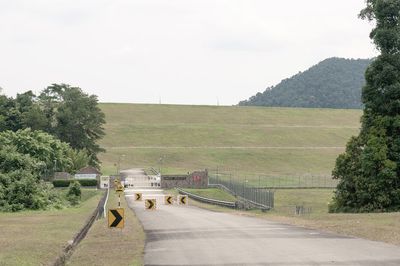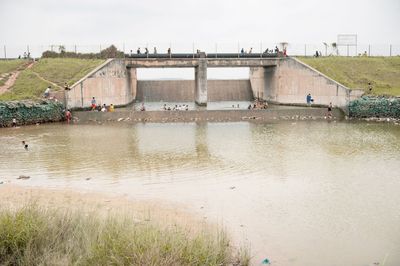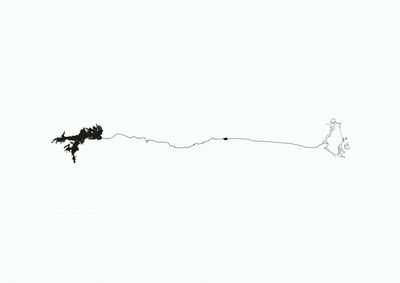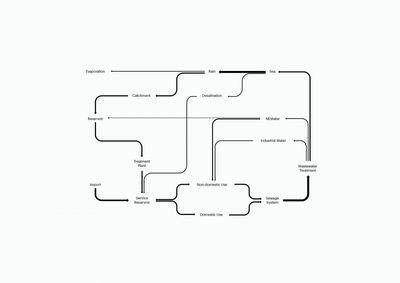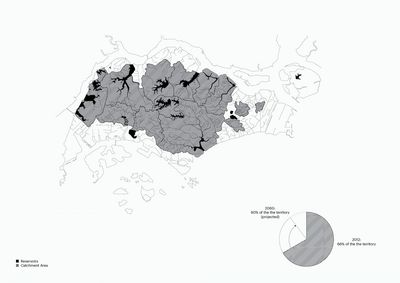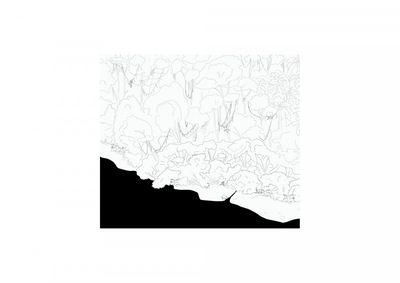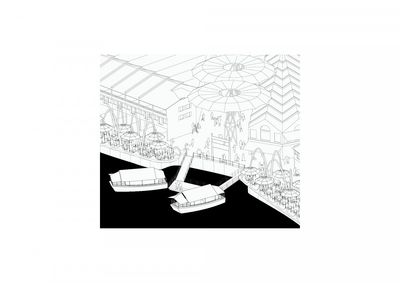WaterA Record of Dependencies: Water ScarcityPascal Deschenaux and Simon Zemp

Singapore has no natural water sources, and the history of its urban growth can be traced in parallel with the evolution of techniques of water management. The first reservoir in Singapore, the MacRitchie Reservoir, was completed in 1868 to supply the booming new port under the British. Two similar waterworks, The Lower Pierce Reservoir, and the Upper Seletar Reservoir were completed in the early twentieth century. In the 1930s, Singapore also began to look for water sources in the neighbouring Sultanate of Johor. From rented land properties in Johor, a strategic supply for the city was then created via a pipeline that was laid along the Causeway on the Johor Straits.
In 1961 and 1962, in the eve of its independence, Singapore had managed to secure two vital, long term water contracts with Malaysia: the first contract valid until 2011 allowed the leasing of nearly 3000 hectares of land for the purpose of harvesting water, while the second contract valid until 2061, still guarantees Singapore an access to 250 million gallons per day from the Johor river. At the time of the independence, 80 per cent of Singapore’s fresh water came from Malaysia, underscoring Singapore’s extreme vulnerability and the political dimensions of water trade in the neighbourly relations. Malaysian Prime Minister Tunku Abdul Rahman had expressed this in great clarity in 1965, when he said: “If Singapore’s foreign policy is prejudicial to Malaysia’s interests, we could always bring pressure to bear on them by threatening to turn off the water in Johor.”
In the years to follow, this vulnerability became a motive for Singapore to develop its local water resources. The Public Utilities Board, created in 1963, embarked on the construction of more water schemes inside Singapore. They included the damming of river estuaries to allow for greater storage volumes. After a series of political twists and turns over the year in negotiations with Malaysia, the city-state had decided to achieve a complete self-sufficiency in its water supply before 2061.
In the past ten years, two new technologically sophisticated strategies for saving and providing water were added to Singapore’s water management repertoire: water reuse (the so called creation of NEWater by reclamation) and desalination of sea water. New facilities including the reclaimed water plants and the seawater desalination plants were built in the early 2000s.
With this, Singapore’s current national water policy called the “4 Taps” was put to effect. The first and second taps refer to local water catchments and water imports. The “Third Tap” is reclaimed water, while the “Fourth Tap” represents desalination. In 2010, the “largest taps” were the imported water with providing the 40 per cent of the total supply, and reclaimed water with 30 per cent. In the future, as the demand to water grows, Singapore expects to reduce its dependency on water imports.
Perhaps the most impressive among the water management strategies in Singapore has been the increasing efficiency of use and conservation of water, leading to the reduction of water consumption per capita since the mid 1990s. For example, through public education and campaigns urging people to conserve water, consumption has been reduced from 165 litres per person per day in 2003 to 155 litres in 2009. The target is to lower it to 140 litres by 2030. The level of water losses is also one of the lowest in the world at only 5 per cent.
Water management strategies are the most important influence determining the shape, materiality and uses of Singapore’s urban territories: water is collected from more than two thirds of the island’s surface. This is a physical image of completely designed and engineered territory and a powerful illustration of a planning and development system fully in the hands of the state.
The goal of the work was to shed light on the process of shaping the territory of Singapore through water management.
